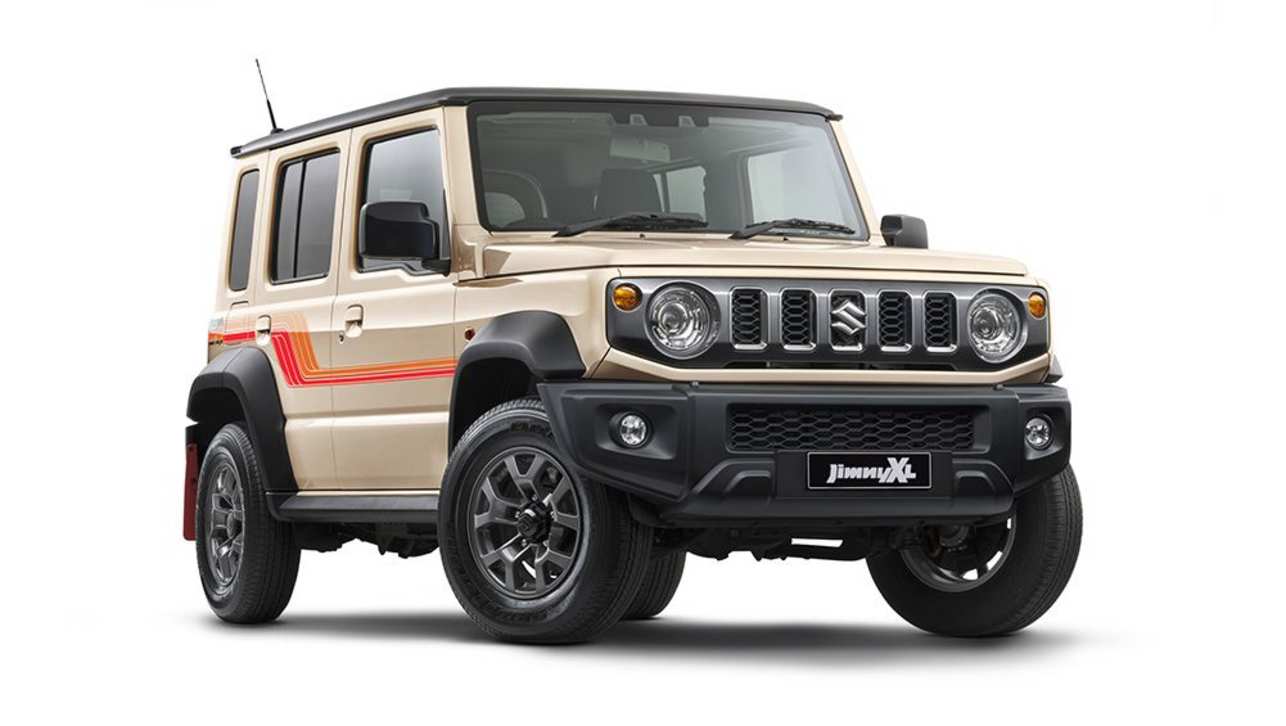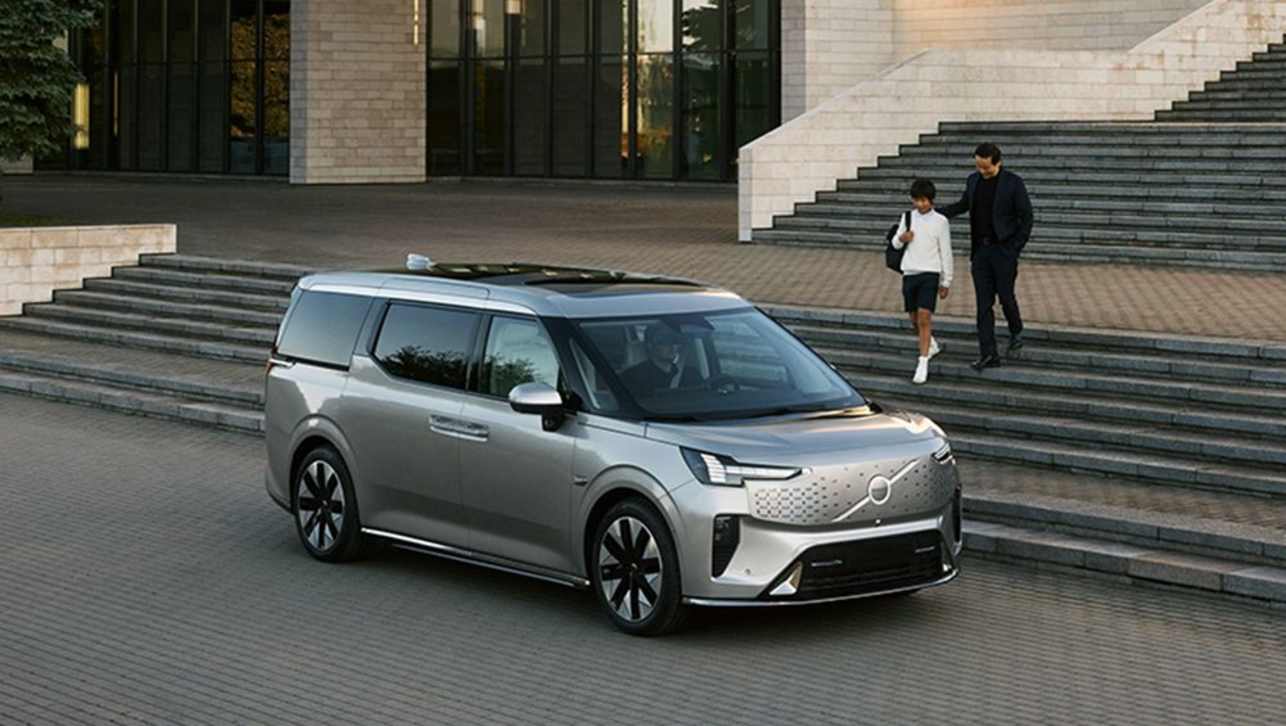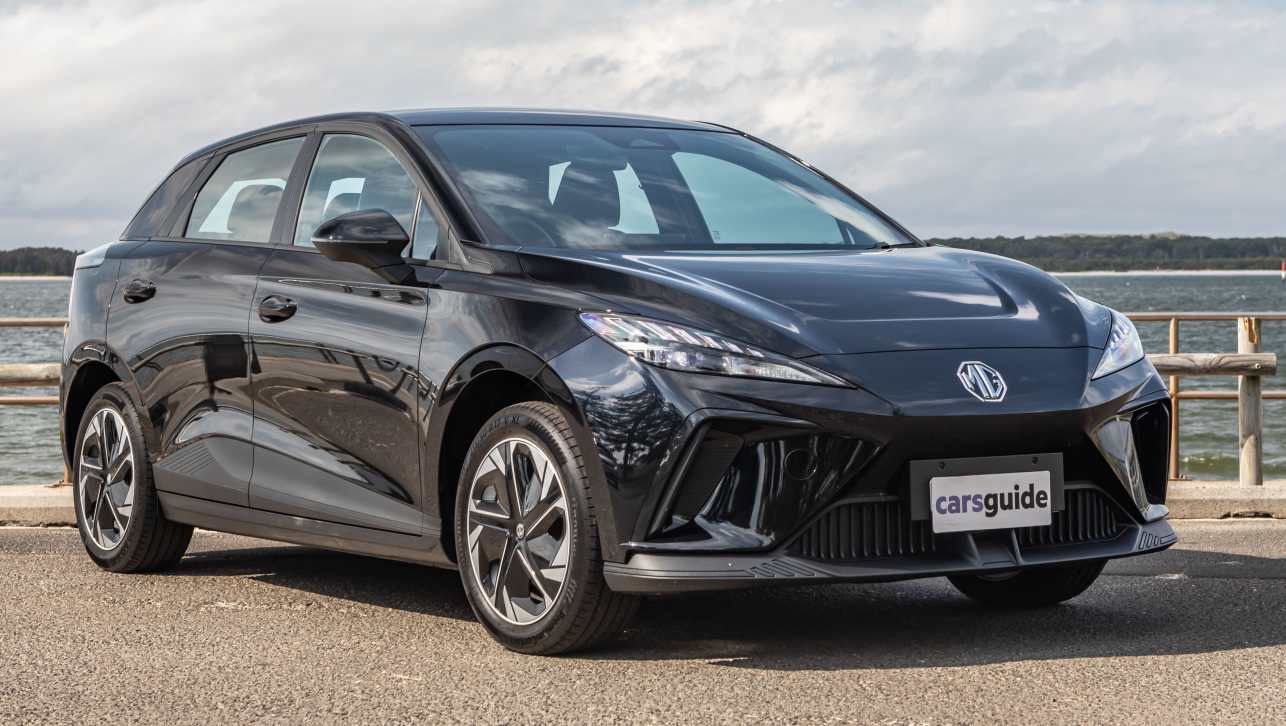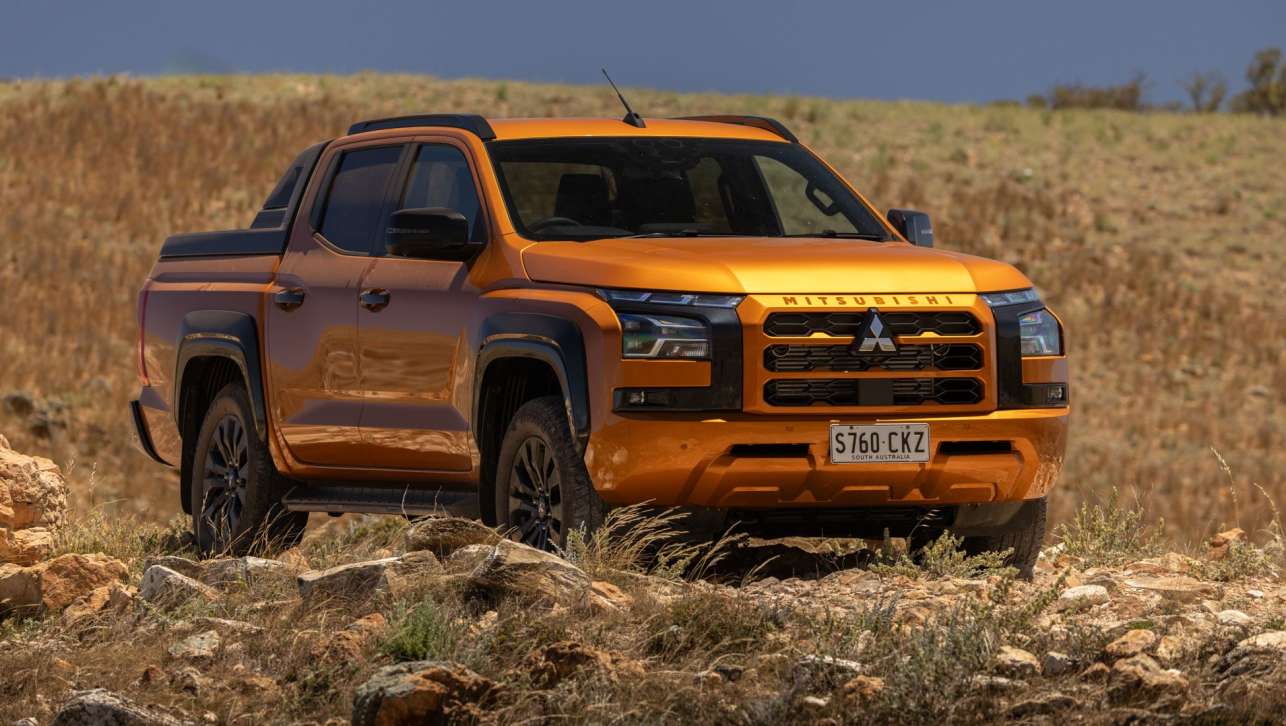Mitsubishi says it wants to address the cost of living crisis in Australia by importing affordable city-sized Kei cars from Japan,
Along with a circa-$30,000 EV version to make it our cheapest electric vehicle, there may also be a petrol-powered version acting as a belated replacement for the popular Mirage supermini that sold well for less than $20,000 before it was dropped in late 2021.
There’s already one that’s just landed in Australia this month – an eK X EV – as Mitsubishi Motors Australia Limited (MMAL) gauges the market with its diminutive Kei car.
“I am trying to take a pulse of society and where it is at and how serious we are about EVs,” according to Mitsubishi Motors Australia President and CEO, Shaun Westcott. “There’s a car that is ready to go.”
But there’s a catch.
While the company’s existing eK X (for crossover) EV meets the 2022 Japan New Car Assessment Program (JNCAP) five-star requirement, re-engineering this and the less-expensive mild-hybrid petrol sibling for a matching ANCAP result would push prices well beyond their station.
To put that in perspective, MMAL actually introduced Australia’s first modern-era EV in the form of the i-MiEV. Back in 2011, it cost $48,800 – or over $64,000 in today’s money. Today’s car would likely compete against the larger MG4 and BYD Dolphin at round $40,000.
.jpg)
Among other items, ANCAP requires additional driver-assist safety tech, above the existing eK X’s AEB, lane-departure alert/keep, traffic-sign recognition, driver-monitor and seven airbag specification, for a shot at the full five-star score.
While this price-versus-spec impasse has already been widely reported, we understand that there may be an opportunity for MMAL to buy into the next-generation eK X program now for the redesign due out in Japan from 2025.
Getting in early with engineers to make the coming fifth-gen version Australian Design Rule (ADR) compliant may bring lower pricing benefits for cost-conscious Australians, though it would also still likely mean a sub five-star ANCAP rating based on today’s protocols.
The thinking here could be that enough consumers would prefer new over old – or, in other words, a zero-mileage, JNCAP five-star rated, mild-hybrid petrol auto city car with extensive driver-assist safety and a full warranty, compared to a comparably-priced 2015 high-mileage used supermini like an old Toyota Yaris.
.jpg)
Although scoring five stars in 2011 when new, an eight-year-old Yaris, as well as most other second-hand light cars, would likely achieve fewer than three stars if retested today… and possibly even zero stars, just like the 2023 MG5 and Mahindra Scorpio with a similar lack of driver-assist specification.
According to Westcott, a sub five-star ANCAP rating for an affordable new vehicle with the above spec, that achieves the same score in other independent crash tests does not make it unsafe, especially if the alternative is a considerably older model.
“The challenge we have around that vehicle and it’s a dilemma I haven’t got my head around is the whole five-star thing,” he told CarsGuide at the pre-launch drive of the Triton.
“And the reality is to turn (a Japan-market Kei car like the eK X) that meets Japanese requirements but not ANCAP requirements into a five-star car pushes the price to the point that it hardly becomes an entry-level car anymore.”
.jpg)
Westcott added that other brands are in the same boat grappling with the issue of a five-star rating versus real-world affordability, helping to explain why there are only two sub-$20,000 options left – the Kia Picanto and MG3.
“We are in a bit of dilemma in Australia (in terms of affordability) and not just Mitsubishi,” he said.
“If you go back five years and look at the entry-level cars that were available to people in Australia… and they’re all withering and dying at the moment. And affordability being top of mind for Australians right now, who can hardly afford houses and soon won’t be able to afford cars.”
Acknowledging the different road conditions that Japanese buyers encounter compared to Australians, Wescott said that perhaps consumers should be allowed the option to assess their own circumstances and have the freedom to choose the car that suits their driving environment.
.jpg)
“Is there a line somewhere that goes: (we can have) more city car/EV/not meant to be out on the open road… is there a place for that?”, he pondered.
“I haven’t got a definitive answer to that.”
Around 200mm shorter and 120mm narrower than a Picanto, the four-seater, five-door fifth-gen eK was launched in Japan in March, 2019, and is offered in a 659cc three-cylinder petrol engine in either 38kW/60Nm naturally-aspirated or 47kW/100Nm turbo guises, driving the front wheels via a CVT.
But don’t be alarmed: kicking off from just 860kg, the mini Mitsu’s power-to-weight ratio of 44kW/tonne means performance is sufficient. Lightness is key.
.jpg)
Underscoring that point, the eK X EV, meanwhile, features an electric motor and 20kWh battery pack for a Japan-market WLTC range of an impressive 180km.
Would you prefer an affordable new three-star city car with a decent level of safety features over a used high-kilometre alternative?
Let us know in the comments below.






.jpg)



.jpg)

.jpg)






.jpg)


.jpg)

.jpg)

.jpg)

.jpg)


Comments